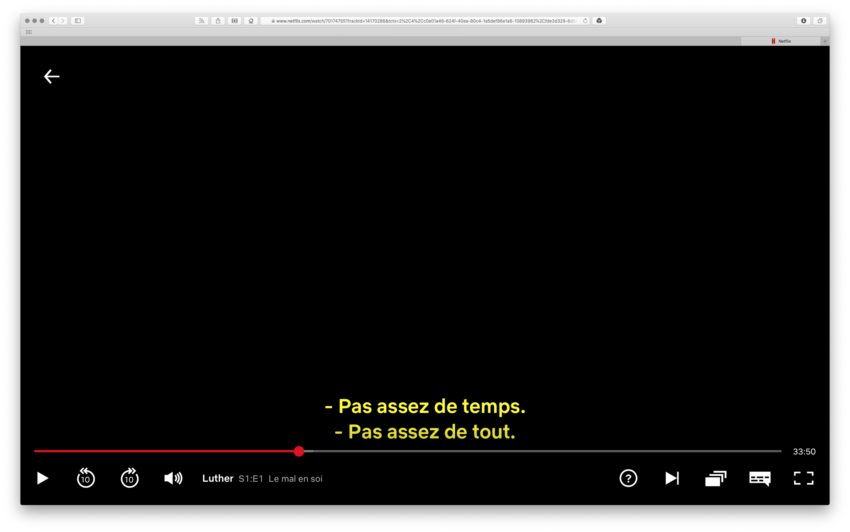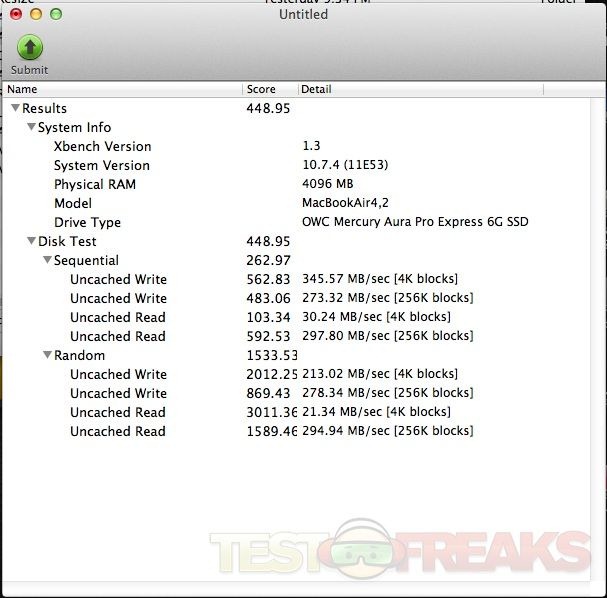

It has to use Rosetta to translate the PowerPC instructions.

Obviously, the iMac Core Duo is at a disadvantage when it comes to the following benchmarks.
#Xbench app store code
Running Xbench again produced a modest increase to 31.34, perhaps because some of the translated Xbench code was cached.
#Xbench app store how to
The first time through, it scored a 28.39. The Xbench 2.9 Plugin creates Xbench projects, adds files from an active Studio project and runs Xbench automatically for you. Search for jobs related to How to dynamically add and remove form fields in angular 2 or hire on the worlds largest freelancing marketplace with 22m+ jobs. I ran Xbench using Rosetta (done by checking the "Open using Rosetta" button in the Get Info dialog). This could be due to fragmentation, as the Core Duo was the only system with a "fresh" OS install. Lastly, the Core Duo outperformed both the iMac G5 and the Power Macintosh G5 on the disk test.
#Xbench app store mac
It performed poorly compared to the Power Mac G5 but beat the G5 on both tests. When it comes to graphics tests, the Core Duo did well. On the memory test, the faster RAM made a difference for the iMac Core Duo compared with the iMac G5. Breaking down the CPU test, the Core Duo bested the iMac G5 on the Floating Point Basic test with 1.98Gflop/sec, compared to 1.07 for the iMac G5 (the Power Mac scored 2.95). While the Core Duo iMac got its clock cleaned by the Power Macon the CPU test, it performed very well on the thread test. The results were interesting, to say the least. Xbench was run on freshly booted machines.

Xbench 1.2 was released as a Universal Binary last summer, which made it a natural for benchmarking the machines. The last Universal Binary benchmark was Xbench 1.2. Note: the iTunes, Xbench, and QuickTime benchmarks have been rerun since the original review with both iMacs having 512MB of RAM installed. Timing started when the "OK" dialog button was released and ended when the operation concluded. The first step to use the powerful search features of ApSIC Xbench is to define the reference material for your project. Where timed results are given, those were hand-timed using a stopwatch. So I chose one old standardthe Photoshop bakeoffand a couple of other benchmarking apps: Cinebench and Unreal Tournament 2K4.Įach benchmark was run on a freshly-booted Mac. On the other hand, I wanted to see how much of a performance hit Rosetta caused when using PowerPC binaries. So with that in mind, I ran Xbench, some QuickTime benchmarks, and an iTunes benchmark. Using Universal Binary applications put the Core Duo iMac on the closest thing to equal footing I could come up with. However, there was one other application of note that is available as a Universal Binary: the venerable Xbench. There are only a relative handful of Universal Binary applications available for testing, most of which are made by Apple. For now, I have an excellent machine.Benchmarking was a bit daunting. I might think about getting an iMac eventually, once it can score. I'm guessing Apple isn't using hard drives with 8 MB of cache.Īlthough XBench isn't totally accurate (I mean, given that my graphics card benches lower but is much faster), I still think a new iMac would be similar to my computer in performance. Finally, my computer wins in the disk test. It wins in the user interface test, probably because it simply has a higher clock speed.
#Xbench app store pro
For some reason, upgrading to the Radeon 9800 Pro actually LOWERED my Quartz and OpenGL scores, but it's clearly a much faster card. It also edged me out in the two graphics tests, which is weird since at the time I ran that benchmark I had a GeForce 3. I edge it out in the thread test but it womps me in memory (duh, PC133 vs.

CPU test is only slightly lower, impressive considering the iMac has 467 MHz on me. My overall score is just a little lower, by about 16 points.


 0 kommentar(er)
0 kommentar(er)
